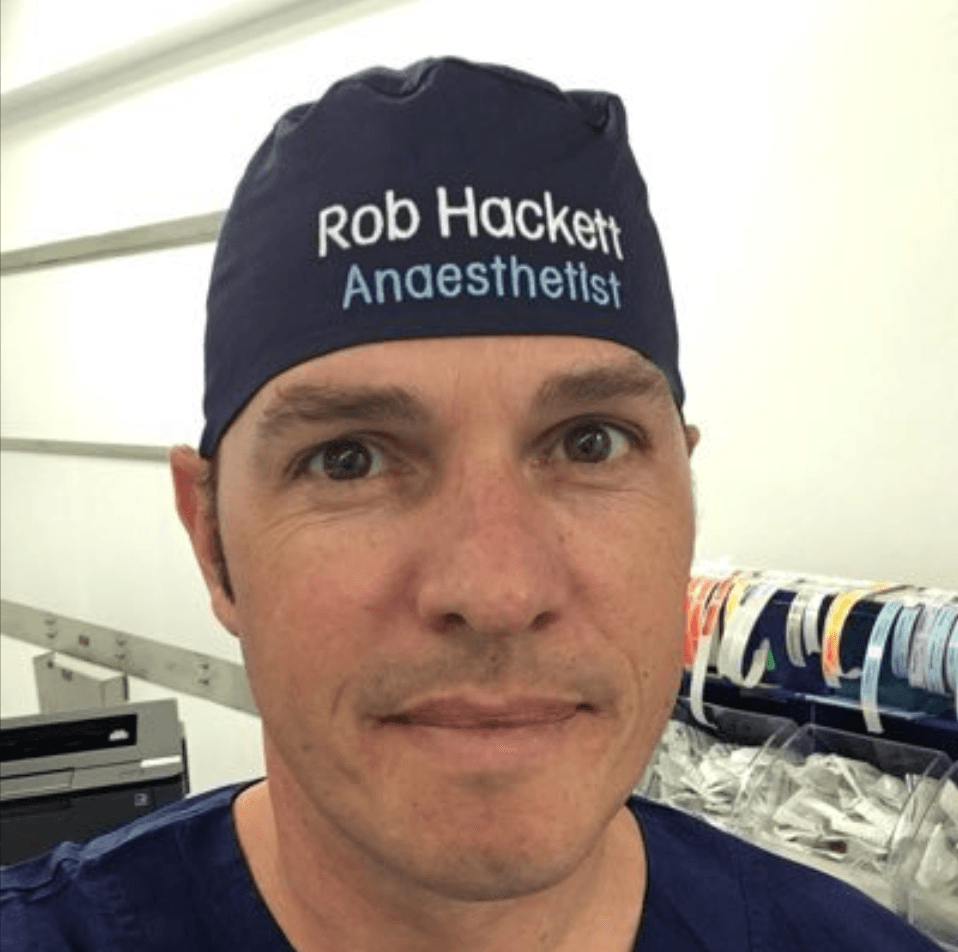Australian anesthetist Dr. Rob Hackett had a bright idea one day in the operating theater: he would write his name and job title on his scrub cap for the benefit of his colleagues. As it turns out, this was a genius idea, and the world is catching on.

Photo courtesy of Rob Hackett




